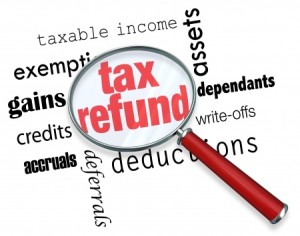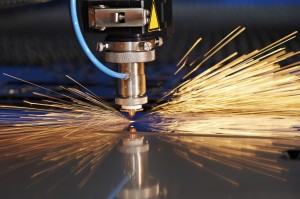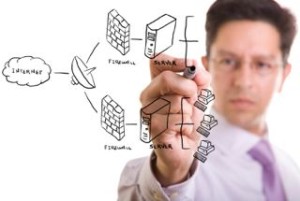Is your company completing work that achieves technological advancement? Read on to find out  how broadly this is defined when it comes to qualifying for R&D tax credits such as SR&ED.
how broadly this is defined when it comes to qualifying for R&D tax credits such as SR&ED.
To qualify as SR&ED, your work must meet the definition of one of the following:
- basic research,
- applied research
- experimental development
Three Categories of R&D
Basic research is work carried out purely for the purpose of advancing scientific knowledge. It’s usually done in universities or research institutes.
Applied research is work carried out to advance scientific knowledge but, unlike basic research, it’s done with a specific practical application in view.
Experimental development is work carried out to achieve technological advancement. It’s by far the most common type of SR&ED work. This type of work occurs in a wide variety of industries and often during the course of regular business. It’s a huge opportunity for businesses to be aware of. Since it is already happening, not tracking and claiming it is a loss to the organization’s bottom line.
Definition of technological advancement
Technological advancement means that you are generating information or knowledge to advance your technology base. This, in turn, will help you to develop new products or processes or improve existing ones.
It is necessary to highlight, however, that new or improved products do not always mean that a technological advancement was achieved.
A simple litmus test for the achievement of technological advancement is to answer the following question: what technological uncertainties did you encounter when you tried to develop the product or process?
So here is the definition which leads to nearly $3 billion dollars in SR&ED funding each year in its simplest form: technological uncertainties are barriers that prevent you from achieving your goals. The knowledge that you gain in overcoming those barriers is the technological advancement.
How SR&ED work is done
No matter what type of SR&ED work you do, you have to follow certain basic procedures. Your work must be a systematic investigation or search by means of experiment or analysis.
This means that each approach you take to resolve your uncertainty should be a planned experiment based on an idea or a concept. You start with a problem that you can’t solve with the existing technology base or knowledge. Then you suggest new ideas for how to solve the problem and you test them. This will eventually lead you to increase your technology base or knowledge.
Basically, it must be a systematic investigation or search, by experiment or analysis, to advance science or technology. If so, you’ve answered the “how” component of SR&ED work.
Getting Started
The process of knowing what qualifies as SR&ED, tracking and documenting it and submitting a claim can be overwhelming. Enhanced Capital Recovery is focused on completing this task for your organization, so you can focus on your core business. We take the risk out of using our services by making our fees 100% contingency based. Contact us today for a free consultation!







